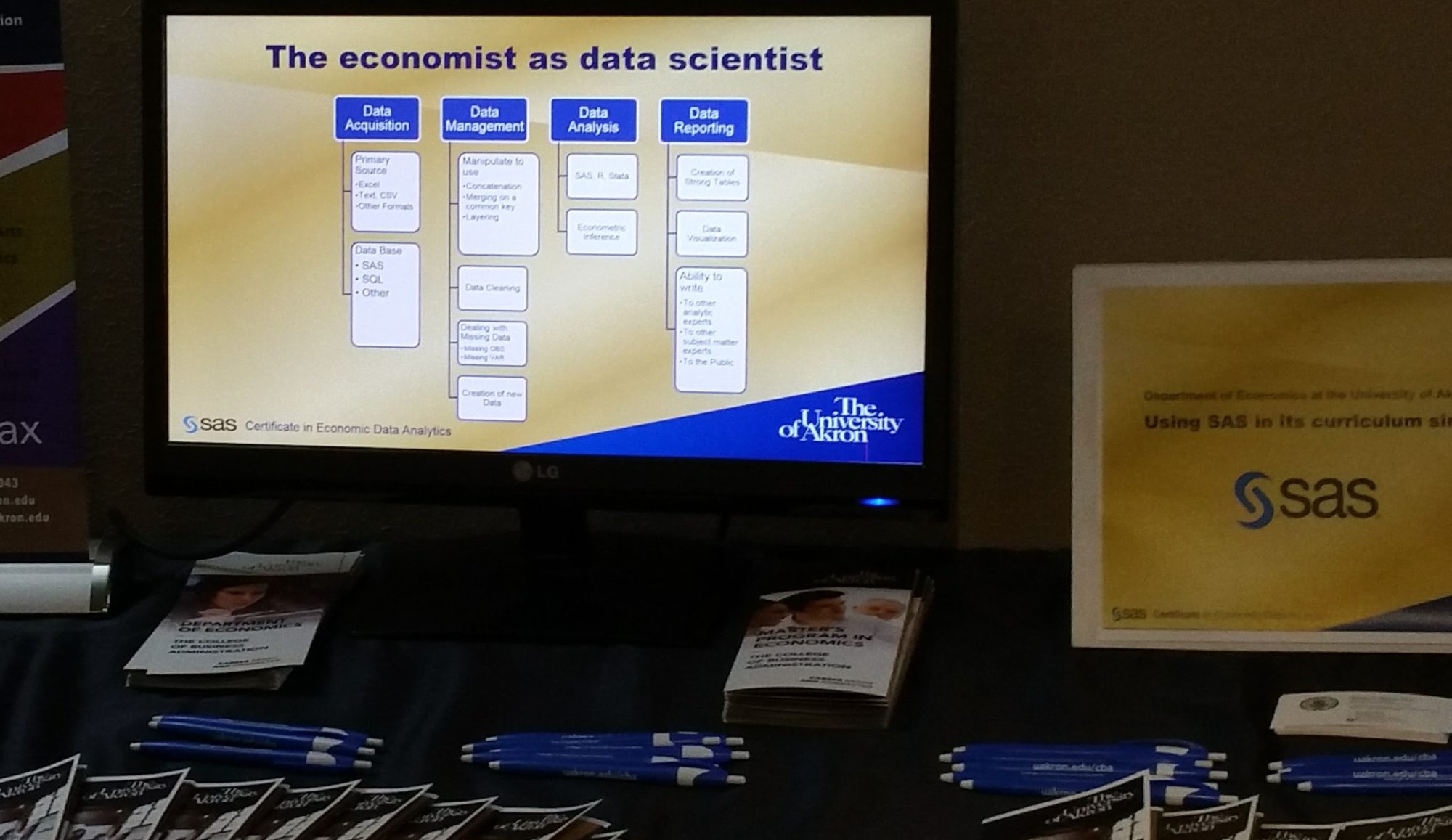What happens when benefits are concentrated and costs are dispersed? What happens when the benefits are concentrated and the costs are unseen? Frederic Bastiat understood this in July 1850 and called out bad economics that has followed governmental subsidies every since. Good economists according to Baitiat see what is seen and unseen, that is they consider opportunity costs that others ignore.
John Stossel at Reason.com, always entertaining, explains it well.
Bastiat taught us, a lesson we regularly forget:
“In the department of economy, an act, a habit, an institution, a law, gives birth not only to an effect, but to a series of effects. Of these effects, the first only is immediate; it manifests itself simultaneously with its cause — it is seen. The others unfold in succession — they are not seen: it is well for us, if they are foreseen. Between a good and a bad economist this constitutes the whole difference — the one takes account of the visible effect; the other takes account both of the effects which are seen, and also of those which it is necessary to foresee. Now this difference is enormous, for it almost always happens that when the immediate consequence is favourable, the ultimate consequences are fatal, and the converse. Hence it follows that the bad economist pursues a small present good, which will be followed by a great evil to come, while the true economist pursues a great good to come, — at the risk of a small present evil.”
From: That Which is Seen, and That Which is Not Seen, Frédéric Bastiat accessed at http://bastiat.org/en/twisatwins.html, paragraph 1.
The Super Bowl city, Atlanta, replaced the Georgia Dome with the beautiful new Mercedes-Benz Stadium, opened in 2017 for $1.6 billion with taxpayers on the hook for $1.02 billion over the course of the deal. (source). Is there an expected positive return. Economists say no. The unseen costs illustrated nicely in the Stossel video below are just that, but true and real costs none the less. The application of proper accounting of opportunity costs is frequently overlooked and because they do not show on an invoice or bill, are never fully accounted.
Brooking economists, Roger Noll and Andrew Zimblist, edited “Sports, Jobs, and Taxes: The Economic Impact of Sports Teams and Stadiums,” in 1997 which concluded a million dollars in federal tax dollars were lost in each of 10 facilities built in the 1970s and 1980s. States and localities give up even more hoping that the returns to having the sports franchise in their area is so much more. Their conclusion on the oft cited this will create jobs reason is not positive.
Their conclusions:
“In every case, the conclusions are the same. A new sports facility has an extremely small (perhaps even negative) effect on overall economic activity and employment. No recent facility appears to have earned anything approaching a reasonable return on investment. No recent facility has been self-financing in terms of its impact on net tax revenues. Regardless of whether the unit of analysis is a local neighborhood, a city, or an entire metropolitan area, the economic benefits of sports facilities are de minimus.”
Roger Noll and Andrew Zimblist writing at brookings.edu.
They find similar disappointing results on all other reasons offered to subsidize a stadium as negative.
Dennis Coats, a University of Maryland economist, writes a follow up to his 1999 study with Brad R. Humphreys and concludes
“The results here are generally similar to those of Coats and Humphreys; the array of sports variables, including presence of franchises, arrival and departure of clubs in a metropolitan area, and stadium and arena construction, is statistically significant. However, individual coefficients frequently indicate harmful effects of sports on per capita income, wage and salary disbursements, and wages per job.”
Dennis Coates. “Growth Effects of Sports Franchises, Stadiums, and Arenas: 15 Years Later.” Mercatus Working Paper, Mercatus Center at George Mason University, Arlington, VA, September 2015. Cited at https://www.mercatus.org/publication/growth-effects-sports-franchises-stadiums-and-arenas-15-years-later.
What about civic pride?
That feeling of having something great in your city from having the Super Bowl in your area. Doesn’t that make it all worthwhile? Peter A. Groothuis and Kurt W. Rotthoff in “The Economic Impact and Civic Pride Effects of Sports Teams and Mega‐Events: Do The Public and the Professionals Agree?” in Economic Affairs report
Most of the economic literature finds sports teams or mega‐events have little or no economic impact, but there are mixed findings on the magnitude of civic pride. Overall, most of the economic literature suggests that the benefits created by sports teams or events do not outweigh the cost of public subsidies provided. We conduct a survey of public opinion on US residents’ perceptions of economic impacts and civic pride benefits from mega‐events such as the Super Bowl and the Winter Olympics. Our study asks the question: Do residents believe that mega‐events and sports teams generate positive economic impacts and civic pride or not? We find that, like economists, the public doubts that public funding of mega‐events is a good idea.
So enjoy the game and try not to think of the many negative effects of public expenditures so poorly rewarded. Frankly, I recommend you read more Frederic Bastiat and buy a coffee cup and kickback to enjoy a warm beverage to take away the chill of poor governmental expense.
